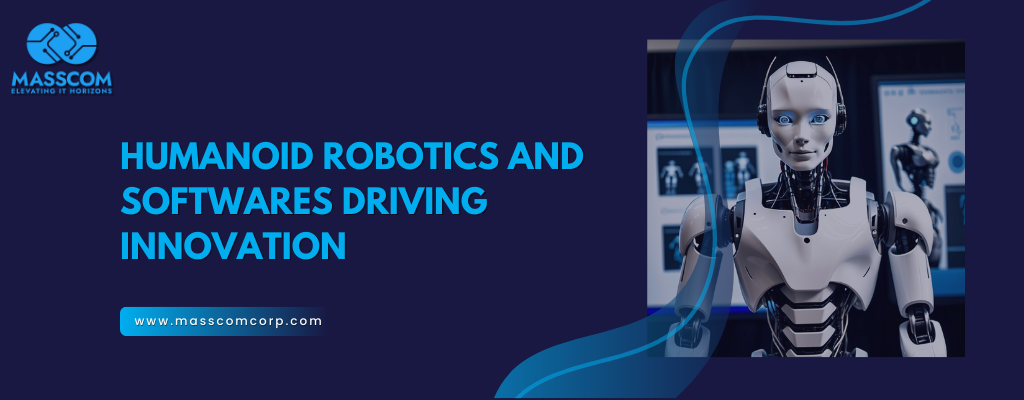Recently, at Tesla’s “We Robot” event in California, Elon Musk showcased humanoid Optimus robots that demonstrated their abilities by walking, serving drinks, and performing household tasks like watering plants and fetching groceries. Musk stated that these robots would not only handle menial tasks but also provide companionship. He predicted that Optimus would be the biggest product ever, with the potential to appeal to everyone on Earth, declaring it would revolutionize the world.
This unveiling not only highlights the rapid advancements in AI robotics but also signifies a pivotal moment in how we envision the integration of robots into our daily lives. From enhanced mobility to sophisticated machine learning capabilities, the latest developments in AI robot technology are setting the stage for a new era of automation and assistance.
The Evolution of AI Robotics
AI robotics has come a long way since its inception. Early robots were limited to repetitive tasks in manufacturing settings, lacking the cognitive capabilities to adapt or learn from their environments. Today, advancements in artificial intelligence, machine learning, and sensor technology have transformed robots into versatile, intelligent beings capable of performing complex tasks.
Key Advancements
- Enhanced Perception: Modern AI robots are equipped with advanced sensors, cameras, and LIDAR systems that enable them to perceive their surroundings with remarkable accuracy. This sensory input allows them to navigate complex environments, recognize objects, and interact more intuitively with humans.
- Machine Learning: The integration of machine learning algorithms has allowed robots to learn from their experiences. This means they can improve their performance over time, adapting to new tasks and environments with minimal human intervention. For instance, robotic arms in manufacturing can optimize their movements based on past operations, increasing efficiency and precision.
- Natural Language Processing (NLP): With advancements in NLP, AI robots can now understand and respond to human commands in a more conversational manner. This capability enhances user interaction, making robots not only tools but also companions capable of assisting in various settings, from homes to hospitals.
- Mobility and Dexterity: Robotics has seen significant improvements in mobility and dexterity. Robots can now navigate uneven terrains, climb stairs, and perform intricate tasks that require a high degree of precision. For example, Boston Dynamics’ Spot robot can traverse diverse landscapes while performing tasks such as inspection and data collection.
Lets discuss your next project
Tools and Software Driving Innovation
Several tools and software frameworks are pivotal in the development of advanced AI robots:
- Robot Operating System (ROS): ROS is an open-source framework that provides a collection of tools, libraries, and conventions for building robotic applications. It facilitates the integration of various hardware components and enables seamless communication between different parts of a robot.
- TensorFlow and PyTorch: These machine learning frameworks are widely used in training AI models that power robotics applications. They allow developers to create sophisticated algorithms that enable robots to learn from vast datasets, improving their performance in real-world tasks.
- Gazebo: This robotics simulator allows developers to test and visualize their robotic designs in a 3D environment before deploying them in the real world. It helps in fine-tuning robotic behaviors and improving overall system performance.
- OpenCV: This open-source computer vision library is essential for enabling robots to process visual information. With OpenCV, robots can detect and track objects, recognize faces, and interpret their surroundings, making them more interactive and capable.
The Future of AI Robotics
The horizon of AI robotics brims with boundless possibilities. From personal assistants and healthcare companions to automated delivery systems and industrial robots, these advancements promise to redefine countless industries. Elon Musk’s recent showcase underscores the remarkable potential of these technologies, sparking renewed interest and investment in this transformative domain.
Progress in AI robotics, fueled by state-of-the-art tools and frameworks, is reshaping our reality. As these robots grow more intelligent, adaptable, and interactive, they mark not just the evolution of machines but the dawn of a collaborative era between humans and robots. This future holds the promise of enhanced productivity, enriched quality of life, and ground breaking innovations that extend beyond our current imagination.


